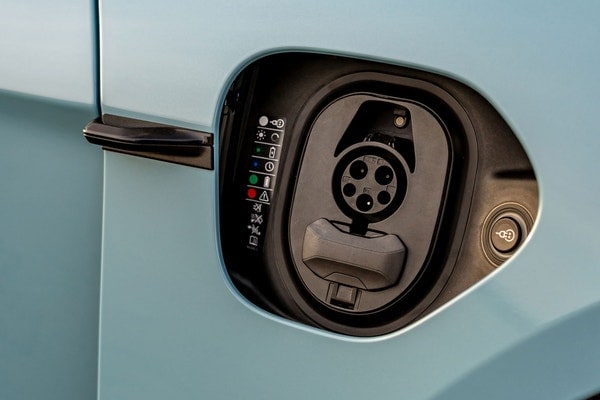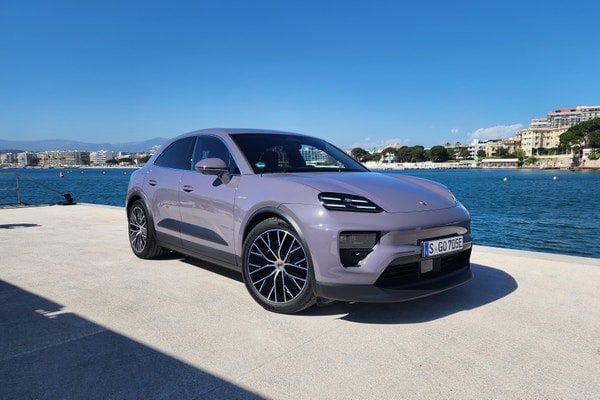Used 2017 Porsche 911 Carrera S Coupe Review
Consumer reviews
Read what other owners think about the 2017 Porsche 911 Carrera S Coupe.
Most helpful consumer reviews
Carrera S Coupe PDK
Edmunds Summary Review of the 2017 Porsche 911 Carrera S Coupe
Pros & Cons
- Pro:Handling prowess is impeccable
- Pro:New turbocharged engines are more powerful and economical
- Pro:Interior defines premium in every way
- Pro:Customization possibilities are endless
- Con:Options list includes many items you would expect as standard
- Con:New six-cylinder engines don't have quite the same roar as before
Full Edmunds Review: 2017 Porsche 911 Coupe
Driving
The right engine for your 2017 Porsche 911 is a matter of personal taste, but they're all fantastic. The base 3.0-liter turbo flat-6 has the low-end punch that its non turbocharged 3.4-liter predecessor lacked, yet it doesn't mind yowling past 7,000 rpm when the mood strikes. The Carrera S takes the same 3.0-liter engine to new heights in terms of output, but in our view, the price premium for this model is now less compelling given the similar character of the regular Carrera's engine. Both transmissions confirm that Porsche is at the top of its engineering game -- whether manual or automatic, shifters don't get any better than this, and it's worth noting that the manual now utilizes a two-disc clutch design that reduces the clutch pedal effort.
As you might expect, the Turbo and Turbo S take acceleration to extremes with their larger turbocharged engines. But the headline grabber for 2017 is the manual-transmission 911 R, a thrill machine through and through that extracts 500 hp from its non turbocharged flat-6 at an astonishing 8,250 rpm. This is the 911 that we frankly thought Porsche would never build once the GT3 and GT3 RS switched exclusively to the PDK transmission. The stealthy styling -- much more base 911 than boy-racer GT3 -- is the cherry on top for less outgoing 911 enthusiasts.
In everyday driving, the 2017 Porsche 911 won't be confused with a luxury car, but now that the adaptive PASM suspension comes standard, the car's daily livability is at an all-time high. Forget about comfort and easy-to-drive considerations for a moment, though; you really need to drive the 911 hard to let its decades of high-performance heritage shine through. The steering is quick and precise, and overall you'll feel a nearly unparalleled sense of control and engagement. It works better the harder you drive it, and that kind of magic is hard to resist when you're making a purchasing decision.
Interior
The 911's interior is exquisitely trimmed and constructed; even in this elevated price range, it feels worth every penny. The control layout is decidedly button-heavy, though, particularly on the high center console, which evokes airplane cockpits with its apparent complexity. But you get used to the logical button placement quickly, and drivers will appreciate being able to access many functions with one click, as opposed to going through a series of menus à la BMW's iDrive interface.
The key update inside for 2017 is the revised Porsche Communications Management infotainment system (PCM), which is standard on every 911. The updated 7-inch touchscreen now accepts smartphone-style swiping and pinching gestures, and it can recognize finger-written number and letter inputs for navigation functions, which have themselves been upgraded with quicker response times and online searchability via the newly standard WiFi connectivity. Furthermore, PCM adds Apple CarPlay compatibility for 2017, though Android Auto is not currently offered.
As expected of Porsche, the 911 offers ample headroom and legroom in its form-fitting front seats. Those seats can be specified in a few different forms, with varying degrees of adjustability and lateral bolstering, but even the base partial-power chairs provide superb support for both long-distance and enthusiastic driving. The rear "seats," however, are very small; most 911 owners know them better for the seatbacks that flip down to become useful cargo shelves. The front trunk (remember, there's an engine in the back) measures a paltry 5.1 cubic feet -- and it's even smaller in the 911 R.
Edmunds Insurance Estimator
The Edmunds TCO® estimated monthly insurance payment for a 2017 Porsche 911 in Ohio is:
not available


